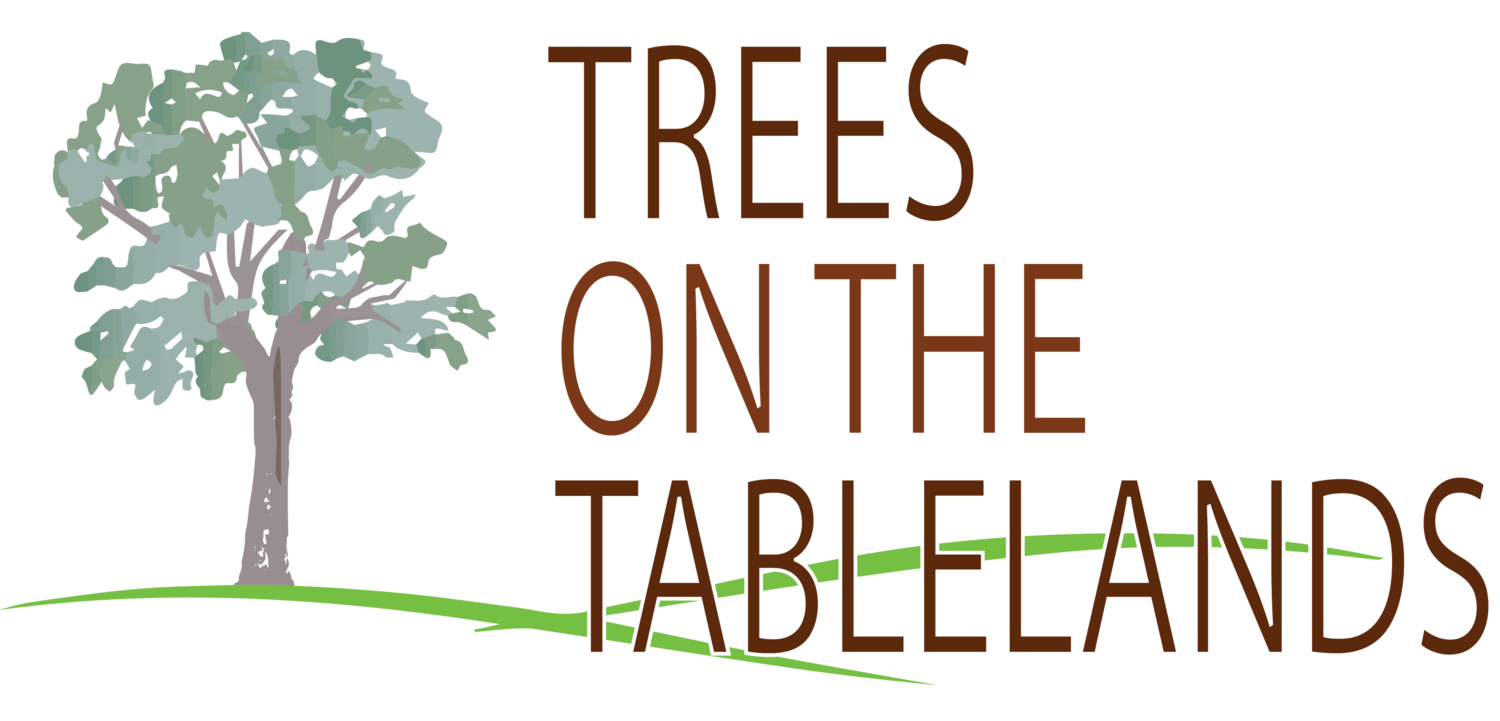Woodland Grazing
The grazing of livestock within woodlands and forests is one of the greatest threats to the persistence of woodland ecosystems across the Northern Tablelands of NSW. Historic and ongoing livestock grazing directly impacts the ability for woodlands to regenerate and is implicated within the development of New-England dieback syndrome. While natural levels of woodland grazing does occur from intermittent macropod grazing (wallaby), the introduction of heavy hooved livestock (sheep and cattle) in large herds systematically removes recruiting seedlings, shrubs, herbs, and native grasses, replacing them with exotic grass and weed species common to pasture systems. Furthermore, repeated grazing events compact the upper soil profile in turn reducing soil surface structure and available sites for soil-to-seed contact when seed-fall events occur. When combining grazing pressures from livestock with pressures from native and feral animals, overtime total grazing pressure of high frequency erodes the important structural elements of native shrubs within woodlands and incrementally shifts the system away from a grassy woodland to a modified pasture system.
Figure 1: A New-England Peppermint (Eucalyptus nova-anglica) woodland patch being grazed by livestock (sheep). Repeated and ongoing grazing events have limited new recruits within this woodland patch.
Figure 2: The effect of removed grazing/low grazing pressures. Note the establishment of new saplings (background) under the mature overstory in the non-grazed paddock versus the absence of seedlings in the grazed paddock (foreground).
Grazing as a means to promote regeneration
While indiscriminate and frequent livestock grazing combined with grazing pressures from native and feral animals often leads to a loss of woodland structure and natural regeneration, the use of grazing strategically can be a means to promote natural regeneration if used under select circumstances. Studies have shown that high-intensity short rotational grazing (HISRG) can be used as a form of biomass control where the build-up of exotic grass layers may otherwise limit the germination and establishment of young regenerating seedlings. By grazing animals in short bursts followed by longer periods of rest, the over-grazing of plant biomass, deposition of nutrients, and the establishment of ‘livestock camps’ is avoided. When timing the use of HISRG alongside the development and dispersal of overstory fruiting/seeding events, ground layer conditions may be modified increasing the probability of seed germination. Furthermore, as seed-to-soil contact is important for successful germination and seedling establishment, the removal of ground layer vegetation alongside the exposure of some surface soil layers may further improve germination success. For more discussion around integrated strategies for promoting natural tree regeneration, please see the techniques and resources sections of our website.
Figure 3: The removal of stock from the base of two mature Ribbon Gums (Eucalyptus viminalis) trees and the installation of a simple fence extension from a main fence line may be enough under certain circumstances to kick start natural regeneration again.




